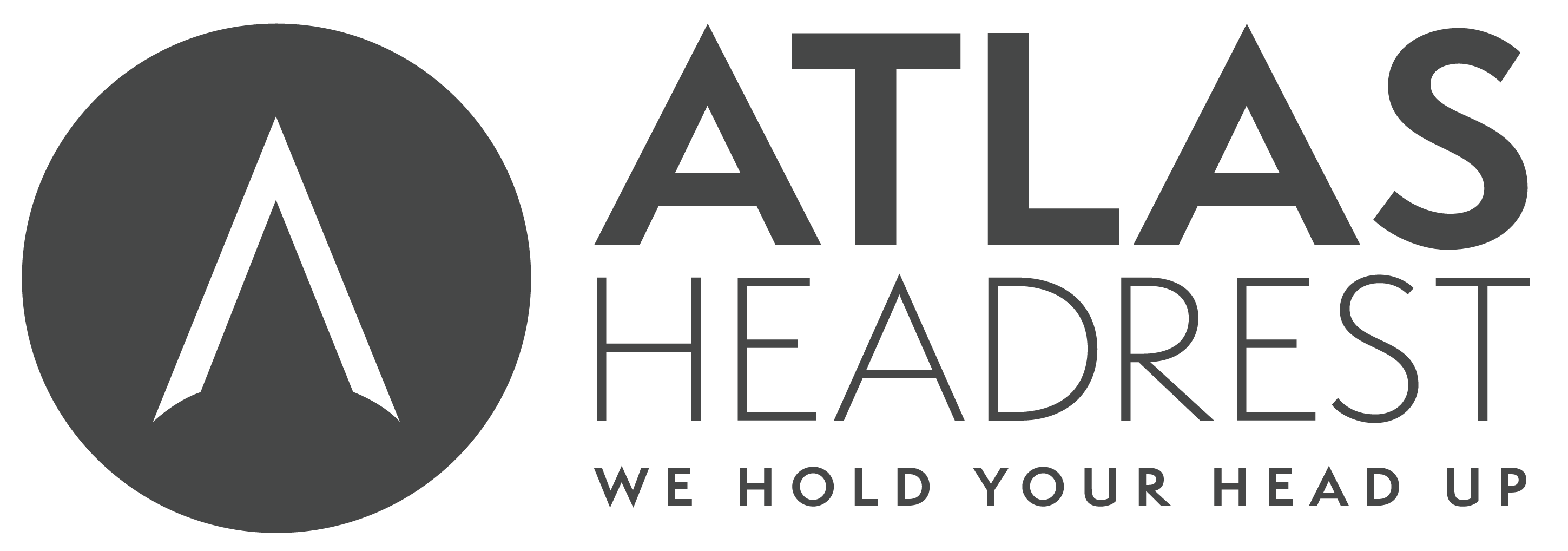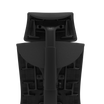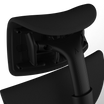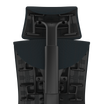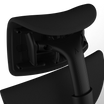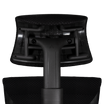Quick stretches to reduce pain and loosen stiff muscles to do near or at your desk.

Stretching is an overlooked, yet oh-so-simple, way to improve your overall feeling of health and wellness- especially if you spend long hours sitting behind your small silver screen. Sure, you can use every health gadget under the sun, but if you’re extending your body through a full range of motion, you could be missing out on an important key to feeling well fast.
A few reminders before we dive in:
|
Remember: the goal is to promote flexibility not induce pain.
Neck (Cervical)
Your cervical spine contains the first 7 vertebrae in your spinal column. This conglomerate of bones and joints is responsible for a number of things such as neck movement and head weight bearing. Keeping your spine in good flexibility promotes healthier movements.
#1 Ear to shoulder (lateral flexors)
How to: Slowly tilt your head to one side as if to rest your ear on your shoulder. Try not to lift your shoulder and only stretch as far as what feels comfortable. Hold this for 5-10 seconds. You should feel the stretch through the opposite side of your neck. Repeat with the other side.
#2 Forward and backward stretch (flexion and extension)
How to: Beginning with your head in the neutral position, lean your head back, as if to look at the ceiling. Hold this for 5-10 seconds, then bring your head back to the neutral position. Next, bend your neck forward, bringing your chin as close to your chest as you can.

#3 Side to side, left to right
(easy with your headrest!)
How to: Gently turn your head to the right and to the left as far as you can. Hold each position for 5-10 seconds. You should feel the stretch through your neck.
Lower Back (Lumbar)
Your lower back, or Lumbar, muscles provide support the rest of your spine. The flexibility of your lower back is crucial for an assortment of day-to-day tasks, such as bending forward and back or twisting motions. By keeping your muscles strong, you lessen the risk of damaging your spine with day-to-day activity.

#4 Standing back arch
How to: While in a standing position, place your hands in the small of your lower back in an upside down triangle. Slowly bend backwards and look up toward the ceiling, as you arch your back as far as possible. Hold this pose for 5-10 seconds.
#5 Torso stretch
How to: In a seated or standing position, lace your fingers together and reach up toward the ceiling. Deeply inhale as you stretch up as far as you can. Exhale, release your hands, and bring your arms back down to your sides in a gentle, sweeping motion. Repeat 8 to 10 times.
Upper Back (Thoracic)
Your middle-upper back, AKA your thoracic, consists of 12 vertebrae which attach to your ribcage and provide a stable foundation for your neck and shoulders. Supporting a sedentary lower half requires a flexible upper half. Try these stretches to stay limber.
#6 Shoulder rolls
How to: In a standing position, rotate your shoulders forward in a circular motion for 15-30 seconds. Reverse the rotation of your shoulders and repeat for 10-20 seconds.

#7 Cross-Arm
How to: In a seated or standing position, gently pull your elbow across your chest to the opposite shoulder. Hold for 5-10 seconds. Repeat with the other arm.
To boil it down…
When you live a sedentary lifestyle, staying limber gets pushed to the back burner. You may try to reason that you don’t need to move often because your lifestyle doesn’t demand a tremendous amount from you. In reality, sitting on your bum asks much more of your muscles than you would expect it to.
You don’t need to take part in a weekly yoga class (though it's not a bad idea), reshape your routine, or be less productive to loosen up and strengthen your muscles. Stretches are quick, easy ways to keep your body moving the way it was always meant to.
So stretch on, and stretch often!
